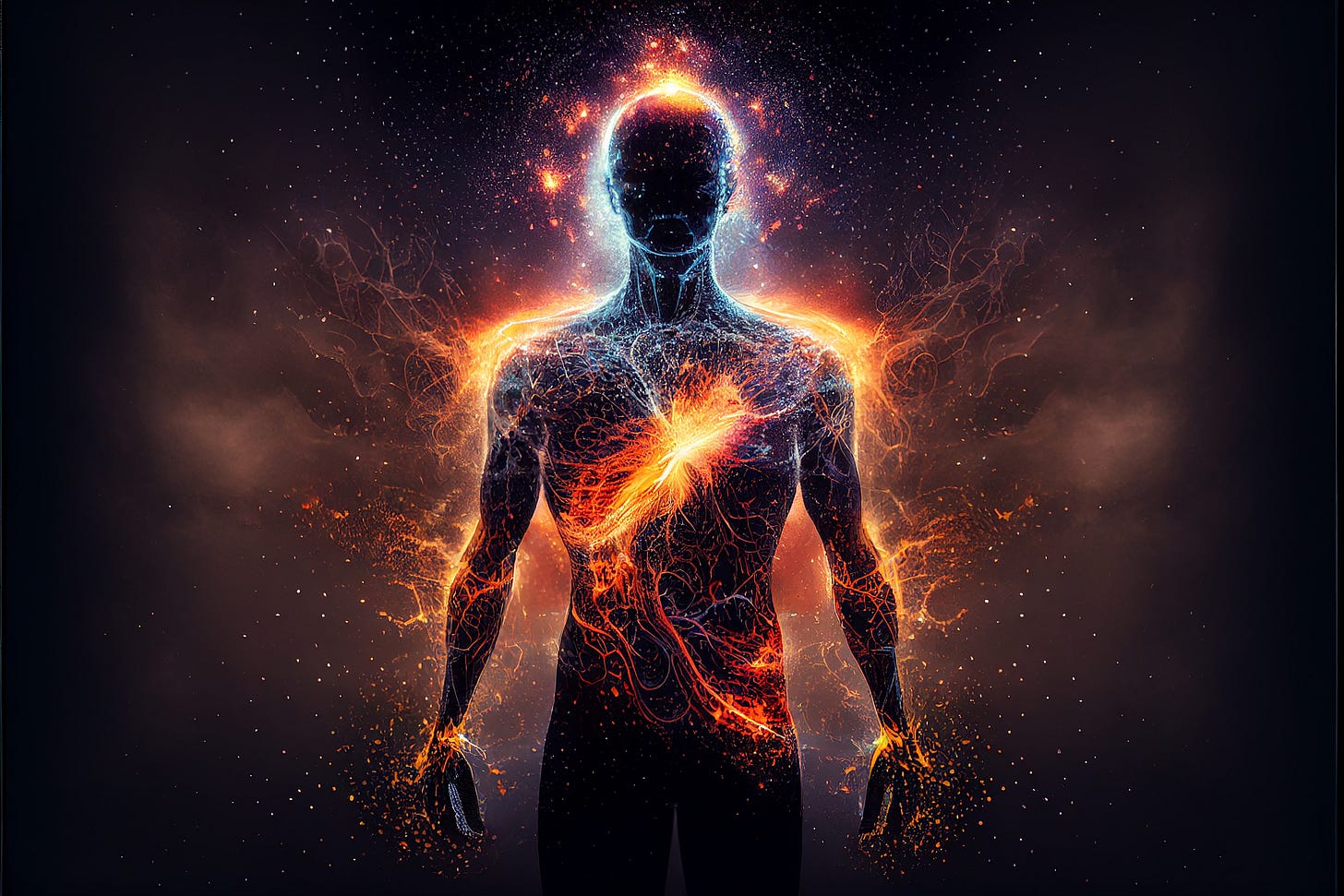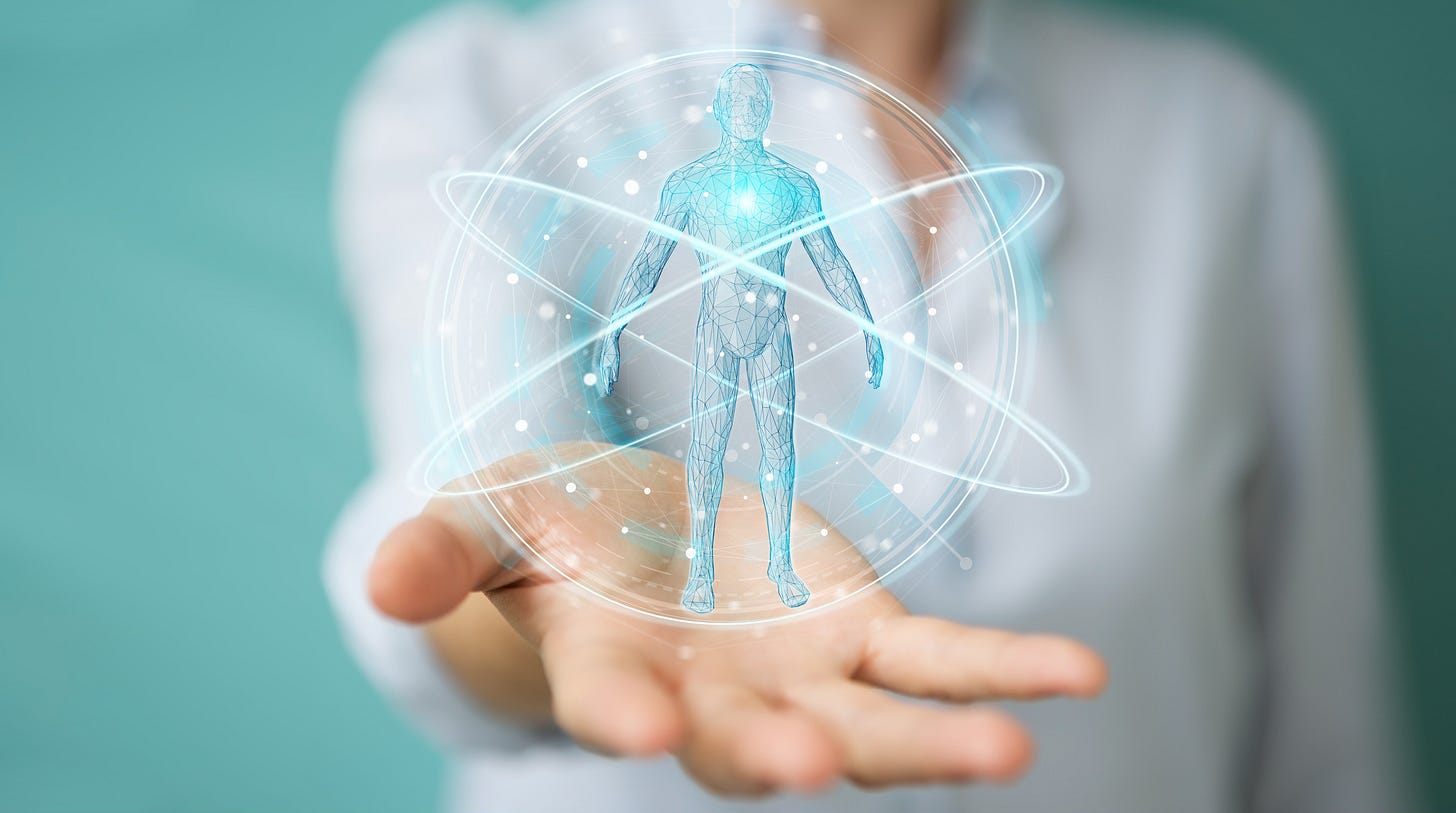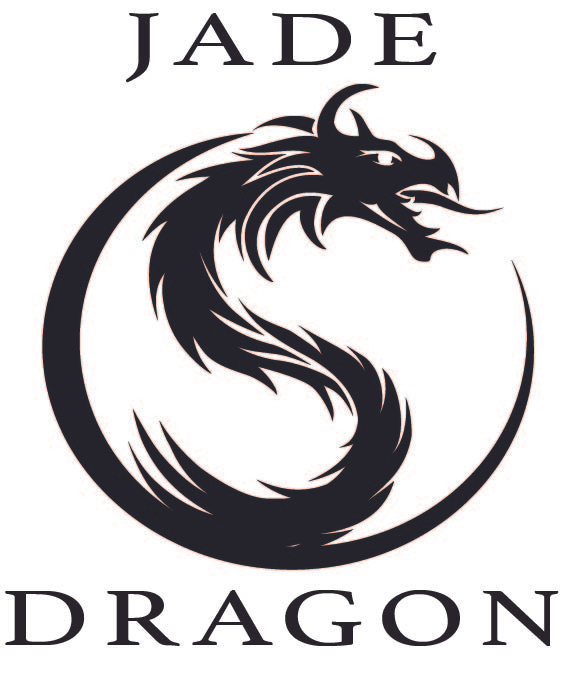The Nature of Qi in Traditional Chinese Medicine and Bioenergy
Bridging the Past and the Present Understanding of Internal Energy
Introduction
Traditional Chinese Medicine (TCM), a holistic and ancient medical system, has been practiced for over five thousand years. Rooted in a deep understanding of natural laws and patterns, TCM views the human body as a microcosm of the Universal macrocosm. Central to this system is the concept of Qi, or vital energy, which flows through invisible pathways called meridians, connecting and nourishing all parts of the body. This blog post explores the nature of Qi, its historical and philosophical context, its physiological functions, and its relationship with modern bioenergy concepts.
The Historical and Philosophical Context of Qi
Qi, pronounced "chee," is a fundamental concept in Chinese philosophy and medicine. Historically, Qi has been used as a healing technique in China for over 4000 years and has also been recognized in Japan for at least 1500 years. The character for Qi appeared in Confucian and Taoist texts, symbolizing breath, food, and vitality. Taoism, particularly through the works of Laozi and Zhuangzi, greatly influenced the understanding of Qi, emphasizing its omnipresence in the universe and its role in human life and health.
In TCM, Qi is considered the most basic substance constituting the world, essential for the construction and maintenance of the human body. Qi flows through meridians, or channels, forming an energy network that connects the body to the universe. The ancient text, "The Yellow Emperor’s Inner Canon," states that Qi circulates yin and yang, nourishing the body and maintaining health.
The Formation and Functions of Qi
Qi is generated from three primary sources: Primordial Qi inherited from parents, fresh air inhaled by the lungs, and refined food essence transformed by the spleen and stomach. These sources work together to produce and maintain the body's Qi, crucial for various physiological functions.
Promoting Function Qi promotes growth and development, physiological functions of organs, blood circulation, and metabolism. Deficiency in Qi can lead to symptoms such as slow growth, weakened organ functions, and blood stagnation.
Warming Function As a Yang substance, Qi is rich in heat, warming the body and maintaining normal temperature and organ functions. Qi's warming function is essential for the free flow of blood and body fluids.
Defending Function Qi defends the body against external pathogens by guarding the skin surface and combating invading exopathogens. A deficiency in Qi can weaken the body's resistance, making it susceptible to diseases.
Consolidating and Governing Function Qi helps to consolidate and govern the body's fluids and organs, keeping blood within vessels and controlling sweat, urine, and saliva secretion. A deficiency can lead to various forms of hemorrhage, spontaneous sweating, and organ prolapse.
Promoting Metabolism and Transformation Qi facilitates various metabolic processes, transforming food into Qi, blood, and body fluids, and ensuring their proper circulation and excretion. Dysfunction in Qi can disrupt these processes, leading to metabolic disorders.
The Movement and Disharmonies of Qi
Qi's movement, known as the Mechanism of Qi, involves four main directions: ascending, descending, exiting, and entering. These movements are vital for life and must be balanced to maintain health. Disharmonies in Qi include Qi deficiency, Qi stagnation, sinking Qi, and rebellious Qi, each affecting the body differently.
Modern Investigations on Qi
In recent decades, scientific investigations have sought to understand Qi from a modern perspective. Research has shown that Qi involves infrared radiation and other forms of energy such as electromagnetic waves and sound waves. Studies have also explored the effects of Qi-therapy, demonstrating its positive impact on health, including pain relief, stress reduction, and enhanced immunity.
Qi and Bioenergy: A Comparative Analysis
Qi in TCM is closely related to bioenergy concepts in modern science, such as ATP (adenosine triphosphate), the energy currency of cells. Both Qi and ATP are generated from similar sources: the essence of food, fresh air (oxygen), and inherited essence. They also share similar functions in promoting physiological activities and maintaining health.
Generation of Qi Qi is formed from congenital essence, acquired essence from food, and fresh air inhaled through the lungs. The process involves the transformation and transportation of these essences by the spleen, stomach, lungs, and kidneys.
Generation of ATP ATP is produced through oxidative phosphorylation in mitochondria, involving the breakdown of nutrients and the transfer of electrons along the respiratory chain. This process generates the energy needed for various cellular functions.
Functions of Qi and Bioenergy Qi and ATP share functions in promoting growth and development, maintaining body temperature, defending against pathogens, consolidating bodily fluids, and supporting metabolism. Both are essential for sustaining life and health.
Experimental Perspectives on Qi and Bioenergy
Experiments have shown that Qi-invigorating herbal medicines (QIHM) and Qi-regulating herbal medicines (QRHM) can influence bioenergy levels in the body. QIHM, such as ginseng and astragalus root, can decrease the oxygen consumption rate and respiratory control ratio (RCR) of liver mitochondria, indicating a protective adaptation. QRHM, such as immature bitter orange and magnolia bark, can increase the P/O ratio and RCR, enhancing energy storage and regulation.
Conclusion
The study of Qi in TCM provides valuable insights into the holistic understanding of health and disease. By bridging ancient wisdom with modern scientific perspectives, we can appreciate the significance of Qi as both a philosophical concept and a physiological reality. The exploration of Qi and its relationship with bioenergy offers a comprehensive view of how life energy sustains and enhances human health. As we continue to investigate and integrate these concepts, we move closer to a more unified and holistic approach to medicine and well-being.
For more information on how practices like Qigong and meditation influence mental and physical health, please head over to www.jadedragon.org.
If you found this post informative, we kindly request you to like, comment, subscribe, and share it with your friends and family. Spreading the word will help us reach more people, offering them the potential for improved health, strength, and peace of mind.






